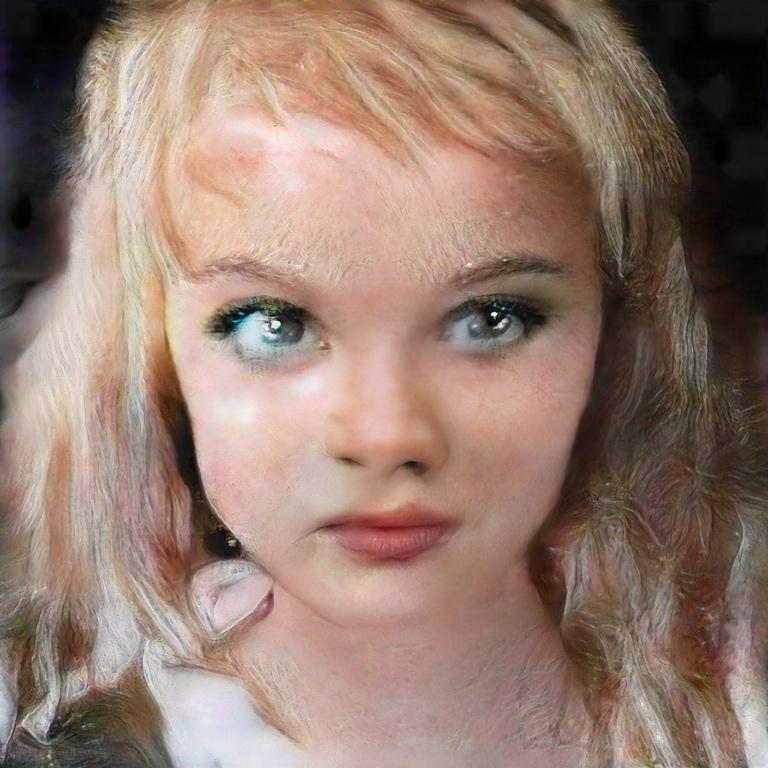This week AI-art pioneer Mike Tyka announced he’d be dropping some of the unreleased editions from his iconic series “Portraits of Imaginary People” as Non-Fungible Tokens (NFTs). The series represents a key moment in the history of AI-art, consisting of the first-ever high-resolution artworks created through a generative adversarial network (GAN).
Tyka is the creator of some of the earliest deep neural net artworks using DeepDream and GANs. His “Portraits of Imaginary People” had previously been exhibited at Christie’s in New York and the New Museum in Karuizawa, Japan.
As NFTs see an explosion of interest, voices critical of their unreasonable environmental impact have become increasingly alarming and even halting the release of online art platform ArtStation’s NFT drops after backlash from its artist community. In light of these concerns, Tyka became the latest in a wave of leading AI art pioneers to join a new greener marketplace called “Hic et Nunc” (translated from Latin as “here and now”). Climate activist Joanie Lemercier, Bell Labs former software engineer Helena Sarin and Sotheby’s first AI artist Mario Klingemann are just some of the early adopters.
“The proof-of-stake (PoS) systems, like Tezos, are very new, and the market places are still early in development. Seeing that many artists in this space whose work I love started to mint (and successfully sell) their work on hicetnunc.xyz I was excited to make a drop there, and I look forward to exploring more upcoming PoS marketplaces!” Tyka explains.
The Hic et Nunc has been live only a few weeks and is run by a one-man team but already has over 8000 artworks minted. The growing alternative NFT marketplace created by Brazillian developer Rafael Lima runs on the Tezos blockchain instead of Ethereum. “The thing behind the development of hic et nunc is that it intends to make blockchain accessible. Many people were able to swap NFTs by decentralized means, sometimes for the first time. I believe one of the main objectives is to be a seed for people to try to experiment with alternative creative/economic models,” says Lima.
While Ethereum layer 2 is steadily in the works, many artists and community members have been seeking out ways to mitigate the negative externalities of the blockchain. In the end, it will be the community as a whole that will lobby the change for existing NFT platforms to adopt sustainable solutions. The first Green NFTs bounty project was already launched by community activist and OG Jason Bailey, aiming to raise funds for researchers focused on reducing energy consumption of NFTs. The project to date received nearly $40,000, with the artist Moxarra donating $10,000 alone.



